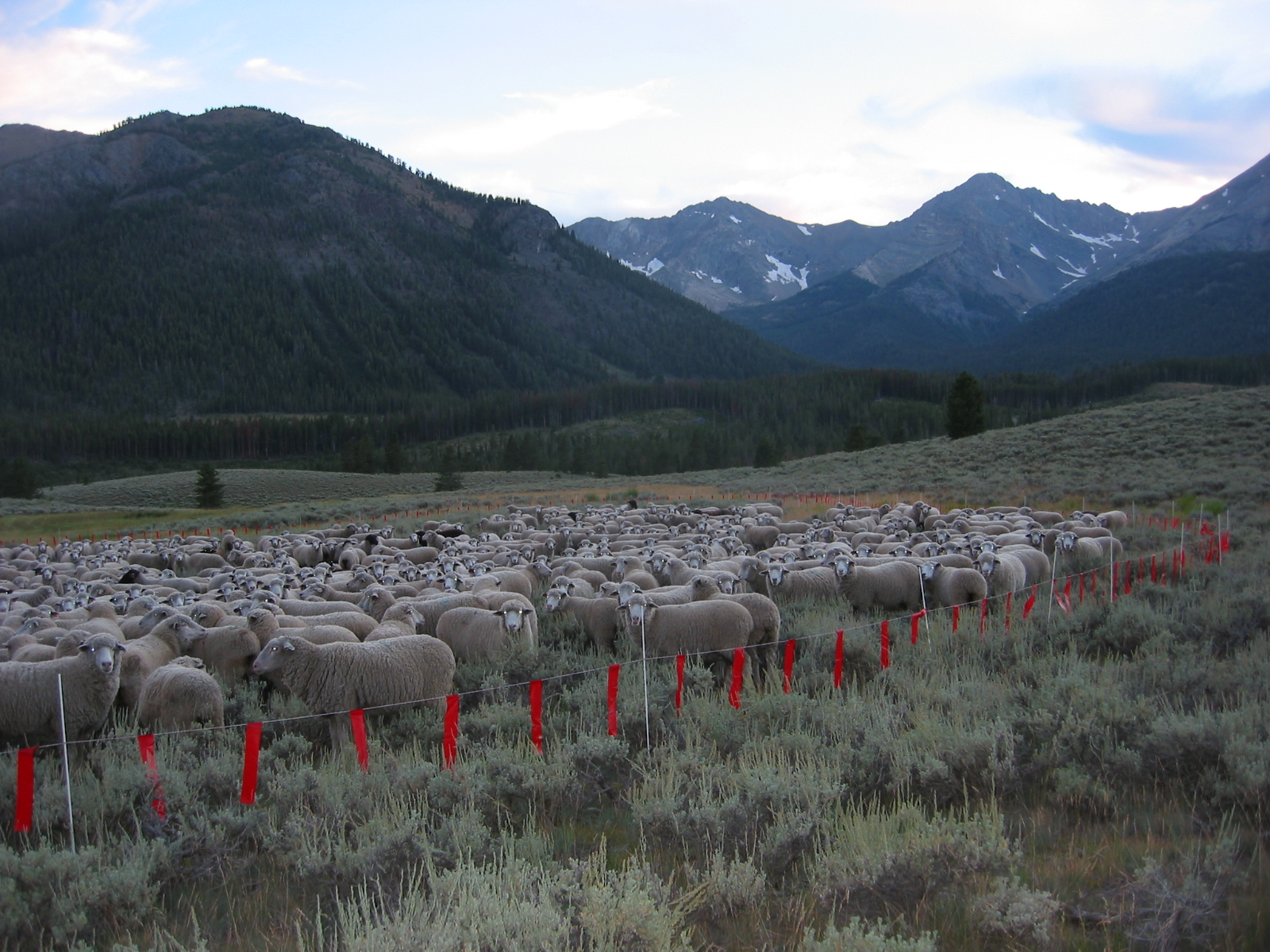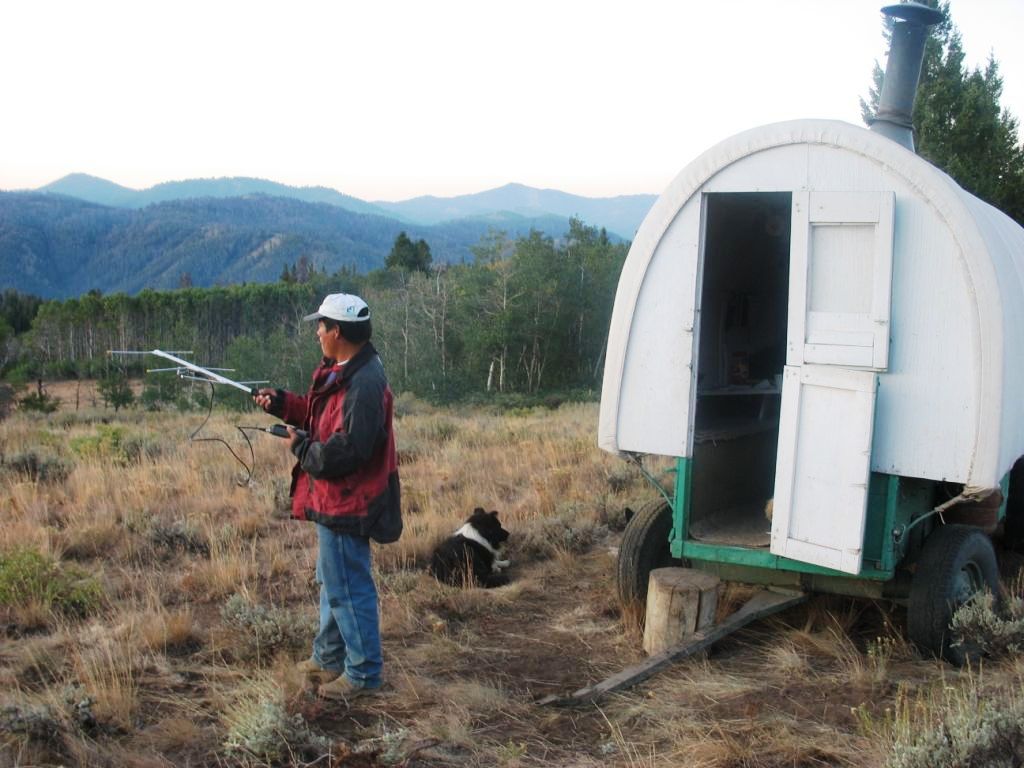Co-existence with Wolves Through Research
By: Amos S. Eno
Posted on:10/20/2011 Updated:03/23/2012How using nonlethal methods of wolf control has decreased sheep predation by more than 90%
This is part of our Lava Lake series. Brian and Kathleen Bean’s family-owned ranch is located just southeast of Sun Valley where the Pioneer Mountains meet the Snake River Plain. They own 24,000 acres and control 900,000 acres of grazing allotment lands. Posts continue Tues/Thurs through October 2011.
Canis lupus has been a target conservation species for Lava Lake for about a decade. That, in itself, is relatively controversial. “As an organization,” says Brian, “we do everything we can to avoid lethal control of predators.
“The Gray Wolf was introduced in ‘95 and ’96 and has had the greatest success in the state of Idaho, whose population greatly surpasses that of either of Wyoming or Montana. The largest population is in the Frank Church River of No Return desig nated wilderness, northwest of Lava Lake.”
nated wilderness, northwest of Lava Lake.”
The wolves succeeded and began to disperse. “At Lava Lake, we experienced our first predation in 2002. We’ve lost 20-some sheep plus dogs and rams in a single incident. So we began working with Defenders of Wildlife, the wolf advocates famous for compensating ranchers for documented loss from wolves. We worked very closely with Defenders to develop additional techniques to minimize wolf-sheep interaction.”
Who's Afraid? The Big Bad Wolf
In addition to dogs, those techniques include telemetry, turbo-fladry, RAG boxes, and air-horns. Telemetry allows shepherds to keep track of the location of wolf packs in which one or more wolves have been radio-collared. Shepherds sometimes use loud air horns to scare wolves away. Fladry is a portable corral made from a line of flags on a lightweight fence. The fluttering flags deter predators from entering the pens. Fladry becomes turbo-fladry when an electric wire is added to reinforce the wolves' aversion to the flags. The combination can be very effective in protecting sheep during lambing and when sheep are bedded down at night.
RAG stands for Radio Activated Guard box, a device that was conceived by a rancher, who wondered how the signal emitted by the wolves' collars could be used to set off rockets or gunfire to scare them. Eventually the RAG box was created, with a strobe light on top, a pair of speakers, and an internal computer. It works just as the rancher originally envisioned.
“I’m pleased to tell you in a typical year instead of 2 dozen, we now lose 0 or 1 or 2 sheep," says Brian Bean. It’s also true that the number of lambs lost from coyotes is still fairly considerable. In considering all depredation loss for Lava Lake, the losses after wolves are not statistically different from those before their introduction. We can’t tell you we’re losing any more livestock. Part of that is a suppression impact on coyotes because the wolves will displace or kill coyotes.”
Non-lethal Control is Spreading
Lava Lake’s work with Defenders of Wildlife resulted in the creation of the Wood River Wolf Project in 2008, an attempt to avoid lethal control of wolves by providing local she ep ranchers with the support and training they needed. Although understandably skeptical, a few local ranchers agreed to try it.
ep ranchers with the support and training they needed. Although understandably skeptical, a few local ranchers agreed to try it.
“Last year there were at least two wolf packs in the area, and one of them had been involved in previous depredations. With the help of a team of field technicians who used an array of non-lethal wolf deterrents, we managed to reduce the losses from last year by a significant amount. All the local state and federal agencies were involved with this project." Brian concludes by saying, "Four of the biggest sheep producers in Idaho were all impressed enough by the project that they signed on again for this year.”
Next week, we'll begin the story of the Lava Lake Institute's discoveries about pronghorn migration - the continent's latest longest-distance land mammal migrants.
The entire Lava Lake Series:
Making Working Wildlands Work for Conservation
 Sign In
Sign In
 Sign In
Sign In
